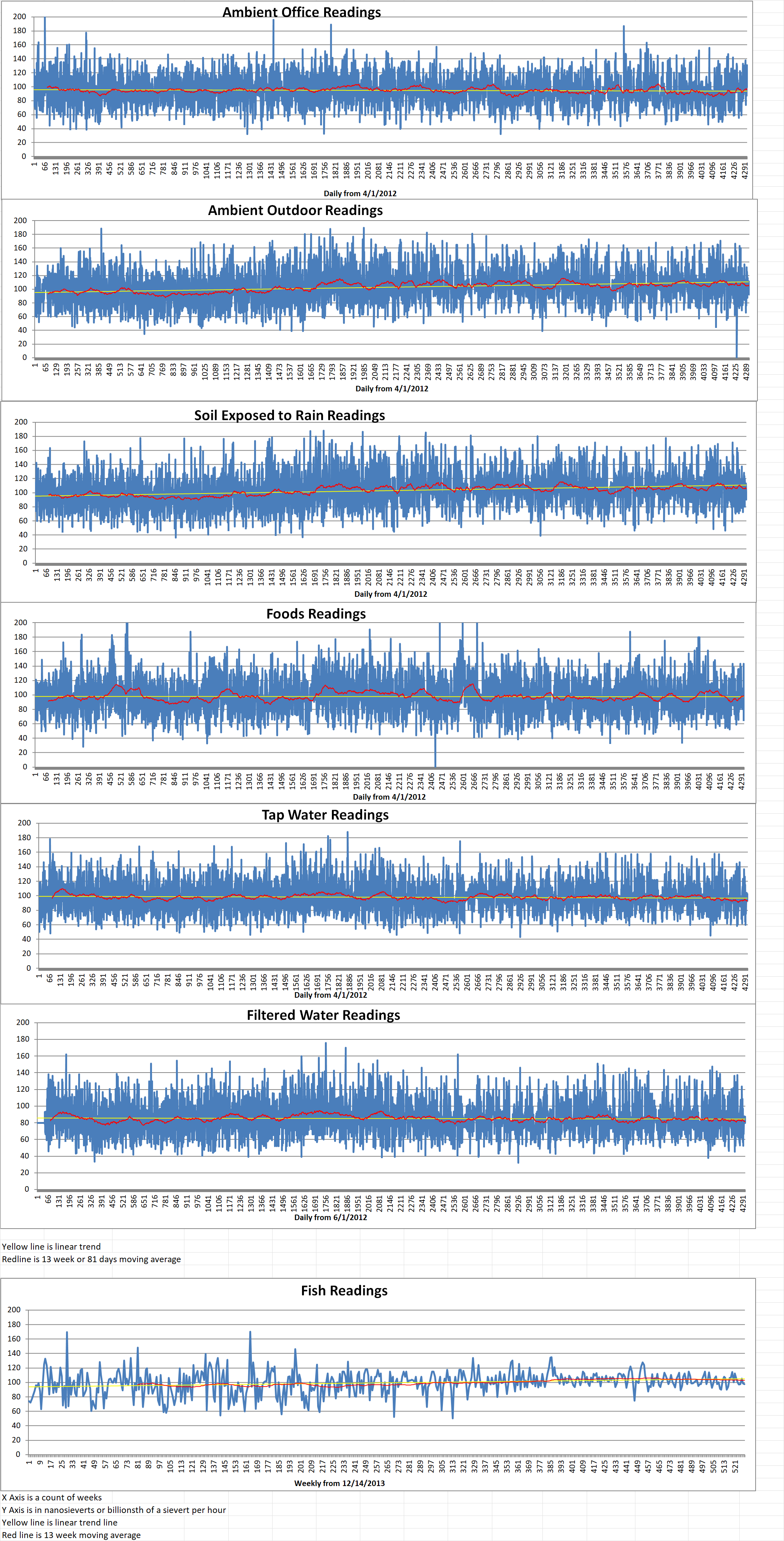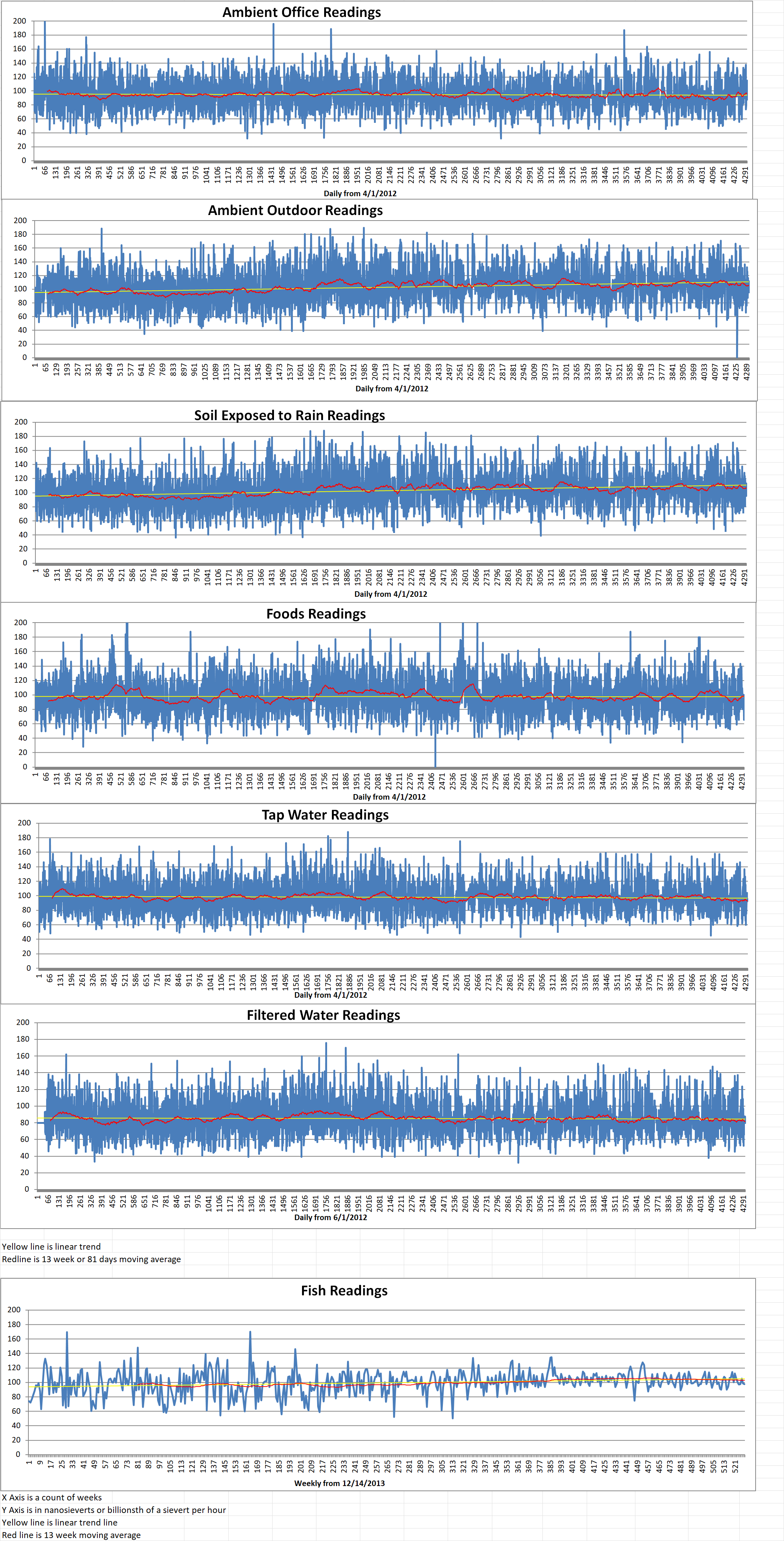The construction of a new warehouse at the Spanish Almaraz Nuclear Power Plant, to store highly radioactive waste sixty miles from the Portuguese border, is under public consultation until September.
The Spanish authorities claim that there will be “no impact” on Portugal from the construction of the new individual temporary storage facility (ATI). It will be located next to the Tagus River and approximately sixty miles in a straight line from the border.
However, the Portuguese Environment Agency (APA) says that after assessing the initial documentation, it believes that “the project could be likely to have significant environmental effects on national territory” and has requested to participate in the Environmental Impact Assessment (EIA) procedure.
The information sent by the Spanish authorities is available for public consultation until September 12th on the Participa portal (https://www.participa.pt ).
The documentation sent by the Spanish authorities explains that the highly radioactive waste (HRW) created by the nuclear power plant is stored in spent fuel pools.
The Spanish government plans to decommission the nuclear power plants by 2035. However, in order to dismantle the plant, a new temporary storage facility must be built to house the spent fuel (HF), HRW and special waste (SW). These are “produced throughout the entire period of operation of the plant (which cannot be stored in the existing ATI) and the radioactive waste (RW) that may be produced during its dismantling”.
The Spanish government says that this project has already been submitted to a Strategic Environmental Assessment (SEA) and has a “favorable strategic environmental declaration”.
“HF, HRW, and SW will initially be stored in the nuclear power plant pools and in an ATI, followed by intermediate storage”, this process that will end with “definitive storage in a Deep Geological Repository (AGP)”, states the documentation provided to the Portuguese.
The strategic environmental statement contains the measures to be implemented in the construction of the new warehouse. They will ensure that if they are complied with, “no significant adverse environmental impacts are expected”. Also, they insisted that “no significant cross-border environmental impacts have been identified” during the operational phase of the new warehouse. “There is no impact of the project on Portugal”, with all potential “non-radiological” cross-border effects which have been identified as “not significant”.
The Spanish authorities guarantee that vegetation and fauna will not be negatively affected by the construction and operation of the new warehouse. There will not be any change in the availability of water as a natural resource or contamination of surface water.
The Natura 2000 network is the largest network of protected areas in the world, covering about 27,000 sites across 27 EU Member States. It aims to make the protection of natural and semi-natural species and habitats compatible with human activity, promoting the good conservation status of habitats and species of Community interest.
The impact of the Spanish construction on areas belonging to the Natura 2000 Network due to water consumption or the production of effluents will also not be affected by the construction and operation of the new building.
The only potential “radiological” cross-border effect identified by the Spanish is the “external radiation of workers and the public in the vicinity”. However, this is also described as being “completely insignificant” for Portugal.
Spanish studies suggest that the dose rates generated by the new Spanish nuclear waste storage “decrease rapidly with distance and at half a mile away the dose rate generated by ATI 100 represents a very small fraction of the natural background. Given that the minimum straight-line distance to Portugal is sixty miles, the radiological impact of ATI 100 in Portugal is completely insignificant”, the document reads.







